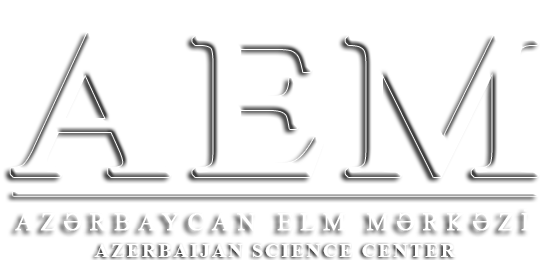https://doi.org/10.36719/2789-6919/43/101-105
Narmin Imanova
Azerbaijan State University of Culture and Art
Master student
https://orcid.org/0009-0005-1240-7670
imanovanermin434@gmail.com
Innovations in the Architecture of Churches and Synagogues in
Baku After the Restoration of State Independence
Abstract
In this article, the history and artistic features of several mosques, churches, and synagogues that were reconstructed and restored in Baku during the years of independence attract attention. In the architectural design of religious monuments, the combination of both tradition and modern technology is reflected. New constructions have played a role in the city's cultural and religious life, contributing to the development of tolerance and multiculturalism. Any religious building, when examined solely through its religious semantics, reveals its historical semantics. Its geographical location on the Great Silk Road has provided Azerbaijan with the opportunity to become a global center for interfaith and intercultural dialogue. Since 1191, Baku has been the capital city of Azerbaijan. Thanks to its diverse ethnic composition, it has become a city where various religious beliefs – including paganism, Zoroastrianism, Judaism, Christianity, Islam, and many others – have spread and mutually influenced each other throughout different periods. After the establishment of state independence, a new phase began in Azerbaijan regarding the return to national-religious values and the role of religion in societal life. This new phase is also reflected in architecture.
Keywords: Baku, reconstruction, building, synagogue, architect, independence, church, Azerbaijan

